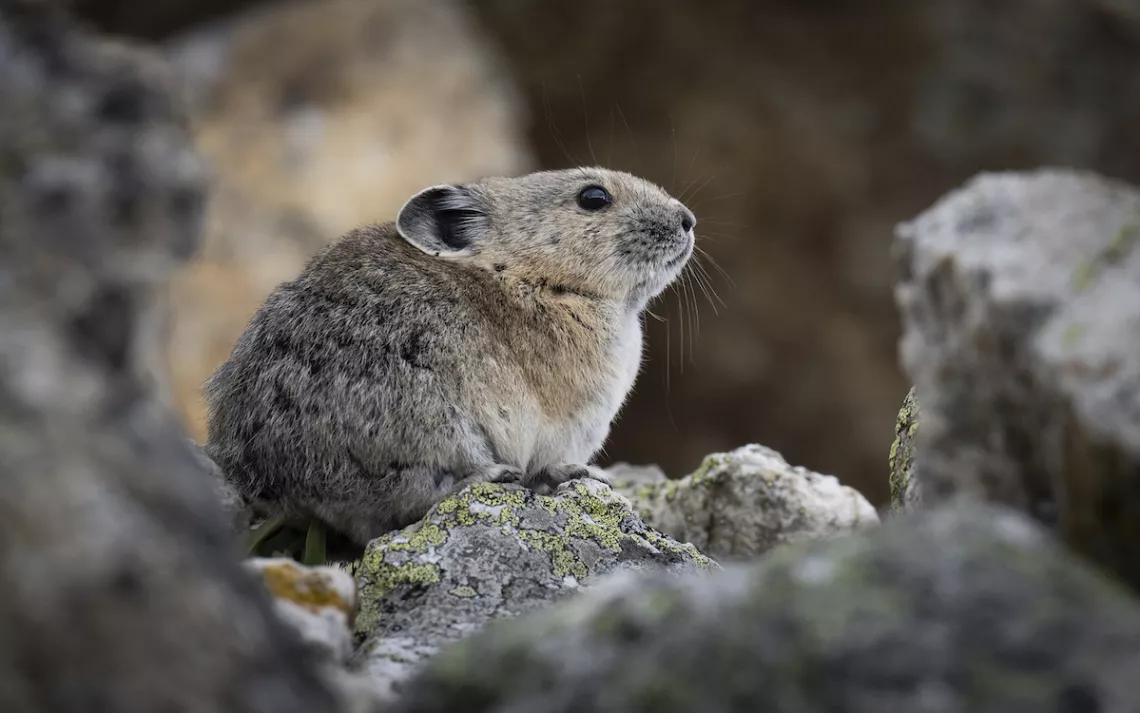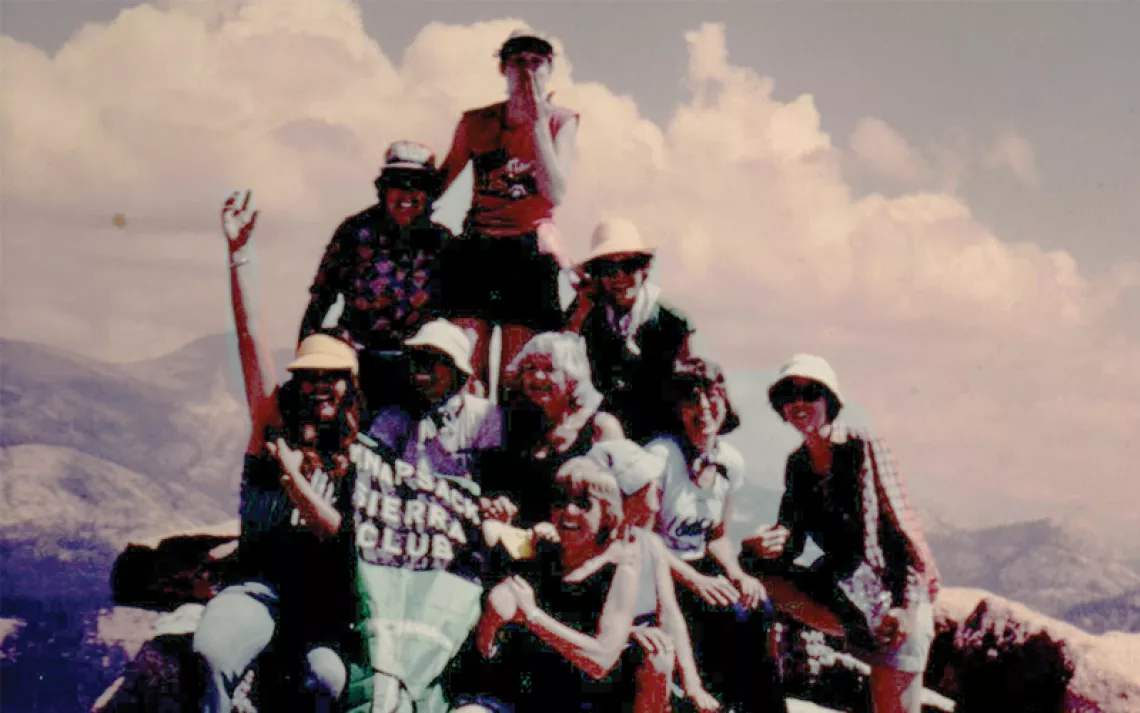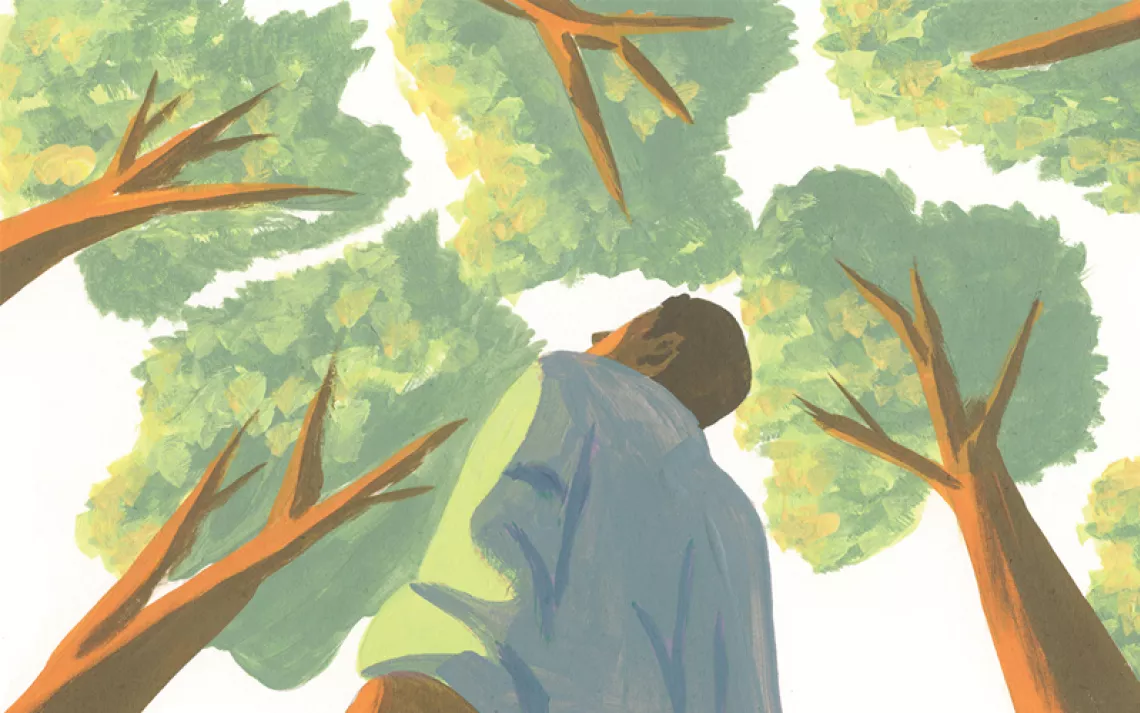These Scientists Want You to Become a Pika Patroller
Citizen scientists are tracking the adorable climate indicators using a new app

Citizen scientists are using a new app to track the American pika, a climate indicator species
|Photo by Kristi Odom _ kristiodomfineart.com
Pikes Peak has sweeping views across Colorado’s Front Range, but I kept my eyes on the ground as I descended from its 14,115-foot summit. Surrounding the peak are high-altitude talus fields, rock slopes whose nooks and crannies are a perfect habitat for the American pika, a small mammal some scientists consider an indicator species for climate change. On my phone was the new citizen science app Pika Patrol, which I planned to use to report any sightings.
“Anybody who has seen a pika and knows where you can continue to see pikas, we'd love to hear from you,” pika expert Johanna Varner had told me. An associate professor of biology at Colorado Mesa University, Varner served as the app’s lead scientific adviser. “Anybody who wants to make observations about animals in nature, we want you on the team.”
It’s crucial because if pikas are doing well in a region, its broader ecosystem is likely healthy too. Conversely, “if the pikas are seeing a decline, it suggests that there may be some bigger problem,” she said.
That could include warming associated with the climate crisis. With their thick fur and high metabolism, pikas are sensitive to warm summers—they spend the hottest days cooling off in spaces below the rocks. And since pikas don’t hibernate, Varner explained, they depend on a healthy winter snowpack to protect them from frigid cold. Such specific requirements may make them especially vulnerable to environmental changes.
Pika Patrol debuted in early October and offers users tips for spotting the potato-size mammals, which have grayish or cinnamon-brown fur, no visible tail, and large, white-rimmed ears. (Varner calls them, adorably, “spheres with ears.”) Users then upload their observations with details about the numbers of pikas spotted, weather conditions, elevation, and distance from the viewer.
“By using the app, you can really contribute to giving scientists a better understanding of climate change,” said Megan Mueller, co-director of the Colorado Pika Project and a conservation biologist at the nonprofit Rocky Mountain Wild. “I think in an ideal world, we'd be collecting [data] really long-term if we can keep the project going.”
Designers hope the app can inform land-management practices. “This app gives us a whole new avenue to engage folks in gathering data to inform the conservation actions of land- and wildlife-management agencies,” said Alex Wells, community conservation coordinator at the Denver Zoo and Colorado Pika Project co-director with Mueller. "For instance, if the data reveals over time that pika are disappearing from certain elevations or habitats, then land managers could implement protections in similar areas under their governance."
The app’s creators also hope it creates awareness about climate change. “Climate change affects everything, including pikas,” said Wells. “Even the smallest little animal high, high up in the mountains is going to be touched by climate change just as much as we are.”
As I hiked down Pikes Peak, I used what I learned from the app, checking under basketball-to-microwave size rocks for hay piles, the food caches of alpine plants pikas stockpile through the summer months. I searched for the animals’ black, peppercorn-shaped scat. And I listened for their distinctive call, which Varner describes as sounding like a dog’s squeaky toy. Nothing.
Finally, I stopped. I’d parked my car at the summit’s high-altitude visitor center. Discouraged, I began the three-mile uphill hike back to the trailhead.
Then, with one mile to go, I heard that squeaky-toy call; as I neared the summit, I spotted four or five pikas, who scampered across the rocks before darting back beneath them for cover. Opening the app, I noted the clear skies, low wind, and elevation. I had tried for photos, but the pikas were too quick for me, so I put my phone away and began the final uphill hike to the car.
 The Magazine of The Sierra Club
The Magazine of The Sierra Club



